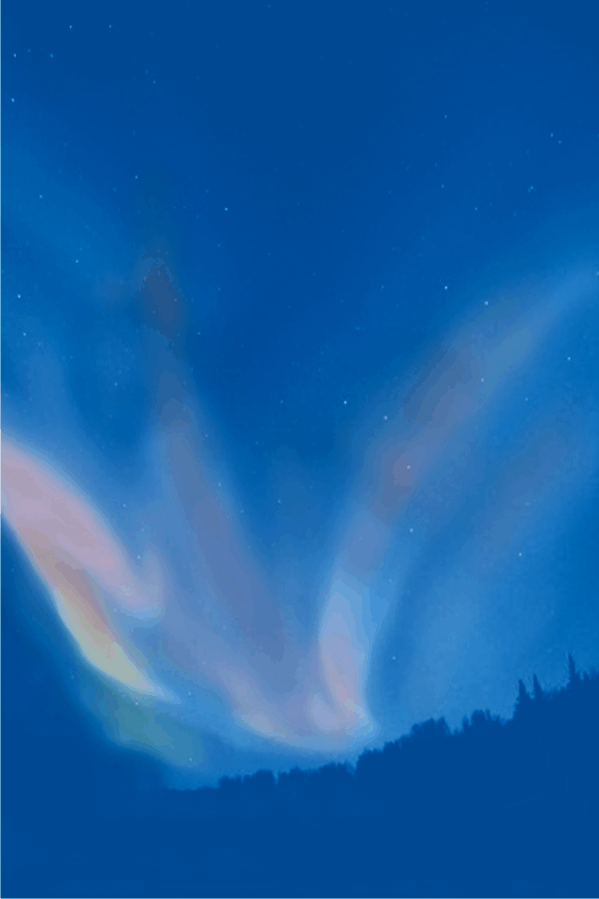School Experiences of Off-Reserve First Nations Children Aged 6 to 14: Supporting Data Tables
Archived Content
Information identified as archived is provided for reference, research or recordkeeping purposes. It is not subject to the Government of Canada Web Standards and has not been altered or updated since it was archived. Please "contact us" to request a format other than those available.

Introduction
About the Aboriginal Peoples Survey
The Aboriginal Peoples Survey is a national survey of Aboriginal peoples (First Nations peoples living off-reserve, Métis and Inuit) living in urban, rural and northern locations throughout Canada. The survey provides valuable data on the social and economic conditions of Aboriginal children and youth (6 to 14 years) and Aboriginal people (15 years and over).
The Aboriginal Peoples Survey was developed and implemented in partnership with the following National Aboriginal Organizations:
- Congress of Aboriginal Peoples (CAP);
- Inuit Tapiriit Kanatami (ITK);
- Métis National Council (MNC);
- National Association of Friendship Centres (NAFC);
- Native Women's Association of Canada (NWAC).
The survey was funded by a Consortium of federal departments including Indian and Northern Affairs Canada (INAC), Human Resources and Social Development Canada (HRSDC), Health Canada (HC), Canada Mortgage and Housing Corporation (CMHC) and Canadian Heritage (CH).
The survey includes a broad range of topics such as Aboriginal identity and ancestry, education, language, labour activity, income, health, communication technology, mobility, housing and family background.
Aboriginal organizations, governments at all levels, service providers and researchers will be able to use information from the APS to:
- Inform decision-making (Program/Policy planning and development);
- Support academic research (Educators and researchers).
The Aboriginal Peoples Survey (APS) is a post-censal survey, that is, the sample was selected from people living in private households whose response on their 2006 Census questionnaire indicated that they:
- had Aboriginal ancestors and/or
- identified as North American Indian and/or Métis and/or Inuit, and/or
- had treaty or registered Indian status and / or
- had Indian Band membership.
A series of supporting data tables accompanies the First Nations analytical article from the 2006 Aboriginal Peoples Survey (APS). These supporting data tables provide data at the provincial/regional level for off-reserve North American Indian children aged 6 to 14 for major themes covered in the analytical article: school achievement; parental satisfaction toward school practices; getting along with teachers; learning disability; frequency of reading books; and frequency of playing sports.
More detailed information about the survey is available in the APS 2006 Concepts and Methods Guide (catalogue number 89-637-X 2008003).
Aboriginal people living in Indian settlements and reserves in the 10 provinces were not included in the 2006 Aboriginal Peoples Survey. In the three territories, all First Nations people were included in the target population.
People identified as 'North American Indian'; however in other analytical publications from the Aboriginal Peoples Survey (APS) the term 'First Nations People' is also used.
Percents may not add up to 100% because reponses of 'don't know', 'refusal' and 'not stated' were included in the calculation of all estimates and rounding.
Whenever a subsequent question is asked for a subgroup defined by a previous filter question, the following rule is used concerning the "not stated". By using a top down approach in processing, all "not stated" from the filter question are included in the denominator of the subsequent question. Different percentages to the categories of the subsequent question would be obtained if these 'not stated" were not included in the denominator.
'Not stated' includes 'not stated', 'don't know' and 'refusal'.
'Atlantic Provinces' includes Newfoundland and Labrador, Prince Edward Island, Nova Scotia and New Brunswick combined. 'Territories' includes the Yukon, Northwest Territories and Nunavut combined.
- Date modified:
